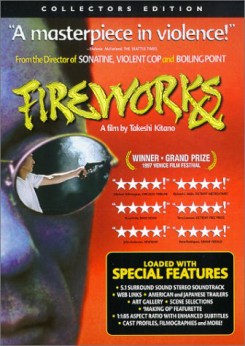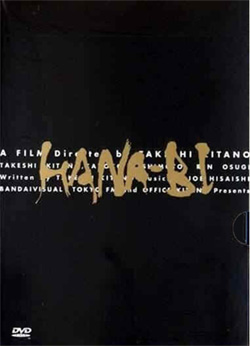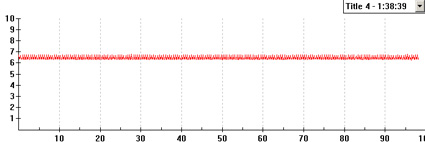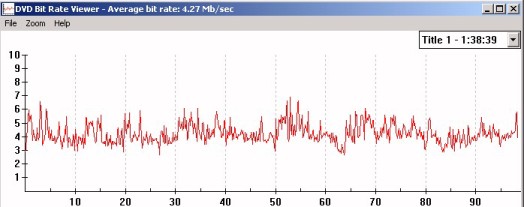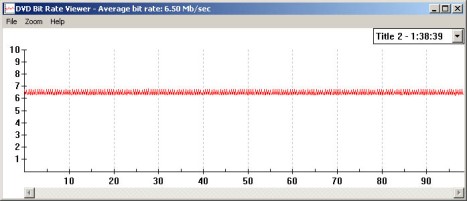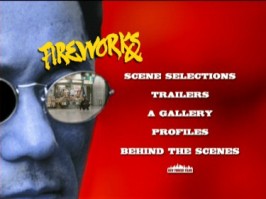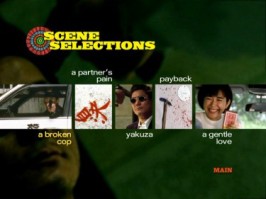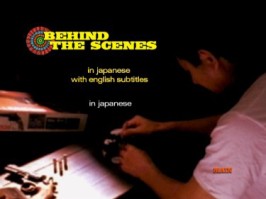![]()
![]()

![]()
![]()
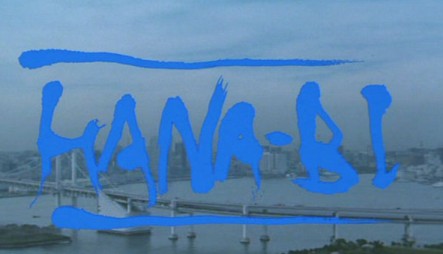
(aka "Fireworks" )
“I didn't
realize how much I'd missed Japanese movies until I saw Takeshi Kitano's Hana-Bi…
Here was a film, in the unlikely form of a violent crime thriller crossed with
a domestic melodrama, that captured a sense of sublime transcendency not much
felt since the golden age of Mizoguchi, Ozu and Naruse. Yet Kitano's
sensibility remains resolutely modern; his is a world of jagged discontinuity,
of harsh contrasts in tone and style, that is deeply indebted to post-war
ironists like Oshima and Imamura.
In a sense, Kitano is the one-man
embodiment of the great contemporary period the Japanese cinema never had.”
(Dave Kehr)
When receiving the Golden Lion in
“Hana-Bi” is a very personal film, so personal, that I see it bordering exorcism, as Kitano’s inner demons are being confronted. Not surprisingly, the entire first part of the film is told thru complex ellipses noting upon reflection and after thought. As Nishi, who almost has lost everything, thinks about what he has lost and what he has left, so is Kitano; And where Nishi robs a bank and uses the money to take his dying wife on a last trip thru Japan, Kitano made “Hana-Bi”.
It is not without reason that Kehr mentions Mizoguchi and Ozu alongside Kitano. Mootori’s concept of “mono no aware”, that we experience the wholeness of life by encountering things (mono) and being sensitive to them (no aware), hence having them moving us, is an integrated motif in both directors films, and also here in “Hana-Bi”. While we see in Nishi, it is even more visible in the side plot about Horibe, who being paralysed and bound to a wheelchair rediscovers the world that surrounds him and expressing it thru painting (what Kitano actually began doing himself after the accident).
The story is simple: Nishi is an ex-cop, who has lost just about everything, and facing the death of his wife, who has cancer, he decides rob a bank, thus being able to travel Japan with his wife, feeling life once more before it all ends.
One of the best Japanese films ever made, “Hana-Bi” is the central work of Kitano, both as an artist and as a person. It liberated him, it allowed him to have fun again, which he sure did in his following film “Kikujiro” and it sat him free of the past. He certainly is a master.
Posters
|
|
|
|
|
Theatrical Release Date: March 20, 1998
Reviews More Reviews DVD Reviews
DVD Comparison:
Madman - Region 2- PAL vs. Bandai (Japan) Region 2 - NTSC vs. New Yorker - Region 1 - NTSC vs. Spectrum - Region 0 - NTSC
ADDITION: Momentum Pictures (UK) - Region 2 - PAL
Big thanks to Ole of DVDBasen for the Spectrum screen captures and to Mark Wilson for all of the Bandai screen captures!
| DVD Box Covers |
 |
 |
| Distribution |
Madman Region 0 - PAL |
Bandai (Japan) Region 2 - NTSC |
|
|
Thinking of buying from YesAsia? CLICK HERE and use THIS UPDATED BEAVER PAGE to source their very best... |
|
New Yorker Region 1 - NTSC |
Spectrum
Region 1 - NTSC |
| Distribution |
Madman Region 0 - PAL |
Bandai (Japan) Region 2 - NTSC |
New Yorker Region 1 - NTSC |
Spectrum
Region 1 - NTSC |
| Runtime | 1:38:43 (4% PAL speedup) | 1:43:24 | 1:38:39 | 1:42:58 |
| Video |
1.78:1 Aspect Ratio
16X9 enhanced |
1.85:1 Original Aspect Ratio16X9 enhanced Average Bitrate: 4.12 mb/s NTSC 704x480 29.97 f/s |
1.85:1 Original Aspect Ratio |
1.78:1
Original Aspect Ratio 16X9 enhanced |
|
NOTE: The Vertical axis represents the bits transferred per second. The Horizontal is the time in minutes. |
||||
|
Bitrate:
Madman |
|
|||
| Bitrate:
Bandai
|
|
|||
| Bitrate:
New Yorker |
|
|||
| Bitrate:
Spectrum |
|
|||
| Audio | 2.0 Dolby Digital Japanese | Japanese (Dolby Digital 2.0) | Japanese (Dolby Digital 5.1) |
Japanese (Dolby Digital 2.0) |
| Subtitles | English, None | English, Japanese and none | English and none | English, Korean, Japanese and none |
| Features |
Release Information: Studio: Madman Aspect Ratio:
Edition
Details: Chapters 9
|
Release Information: Studio: Bandai Theatrical Release Date: March 20, 1998 Aspect Ratio:
Single Layer DVD
Release Date: Dec 19th, 1998
Chapters: There are NO Chapters stops! |
Release Information: Studio: New Yorker Films Aspect Ratio: Widescreen letterbox - 1.85:1 Dual Layer DVD
Release Date: July 11, 2000 Chapters
20
|
Release Information: Studio: Spectrum - South Korean . Theatrical Release Date: March 20, 1998 Aspect Ratio:
Single Layer DVD
Release Date: March 22nd, 2002 Chapters 16 |
| Comments: |
ADDITION- Madman - PAL
(May 2005) - the addition of the Madman release doesn't impact any of
the ratings. We still go Bandai for image and NY'er for audio.
***** Now that we have a 3rd DVD to compare with we can see that the New Yorker has been the perpetrator of fiddling with the color scheme. The Bandai (Japanese) is much sharper than the New Yorker and about on a par with the Spectrum. The New Yorker has too much red in the skin tones. Also the New Yorker is slightly vertically cropped. Between these three get the Bandai or Spectrum if you want a strong image and the New Yorker for the 5.1 sound and extras. Ohh and the New Yorker also appears to have cut some of the film's length, most likely more of the violence scenes that pervade this film. NOTE: Addition: The Momentum Pictures DVD makes no impact on the purchasing recommendation. It is hazy, very dark, cropped and the colors are off in the same manner that the New Yorker's are. Stick with the Bandai release. |
Addition
- Momentum Pictures (UK)
Big thanks to Pavel Borodin for the Momentum screen captures
 |
Studio: Momentum Pictures, UK
Average
Bitrate: 6.50 mb/s DVD
Release Date: Feb 26th, 2001 |
|
Click to purchase |
|
|
DVD Menus |
|
|
|
|
Recommended Reading for Japanese Film Fans (CLICK COVERS or TITLES for more information)
 |
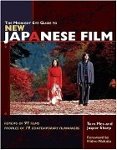 |
 |
 |
 |
 |
|
The Japan Journals : 1947-2004, by Donald Richie |
The Midnight Eye Guide to New Japanese Film by Tom Mes and Jasper Sharp |
Kon Ichikawa (Cinematheque Ontario Monographs) by James Quandt, Cinematheque Ontario |
Shohei Imamura (Cinematheque
Ontario Monographs, No. 1) by James Quandt |
Eros Plus Massacre: An
Introduction to the Japanese New Wave Cinema
(Midland Book, Mb 469) by David Desser |
A Hundred Years of Japanese Film by Donald Richie |
Check out more in "The Library"
DVD Menus
 |
|
There is only one menu for the Bandai DVD. The three lines up and down are for watching the movie with a) no subs b) Japanese subs c) English subs. |
(Madman - Region 2 - PAL - LEFT vs. New Yorker - R1 - NTSC - MIDDLE vs. Spectrum - R0 - NTSC - RIGHT)
 |
|
|
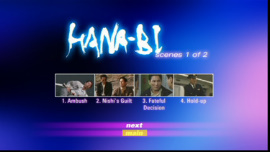 |
|
|
 |
|
|
Screen Captures
(Madman - Region 2- PAL TOP vs. Momentum Pictures- Region 2- PAL 2nd vs. Bandai - Region 2- NTSC - 3rd vs. New Yorker - R1 - NTSC - 4th vs. Spectrum - R0 - NTSC - BOTTOM)
 |
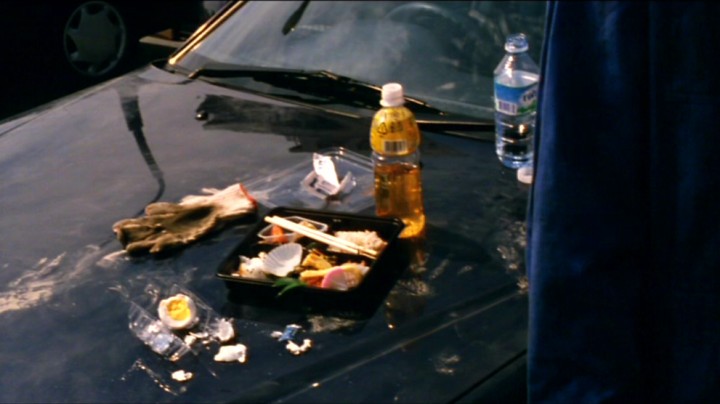 |
 |
 |
 |
(Madman - Region 2- PAL TOP vs. Momentum Pictures- Region 2- PAL 2nd vs. Bandai - Region 2- NTSC - 3rd vs. New Yorker - R1 - NTSC - 4th vs. Spectrum - R0 - NTSC - BOTTOM)
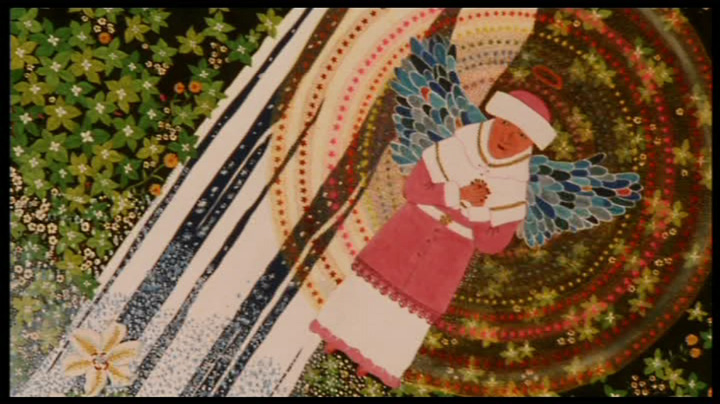 |
 |
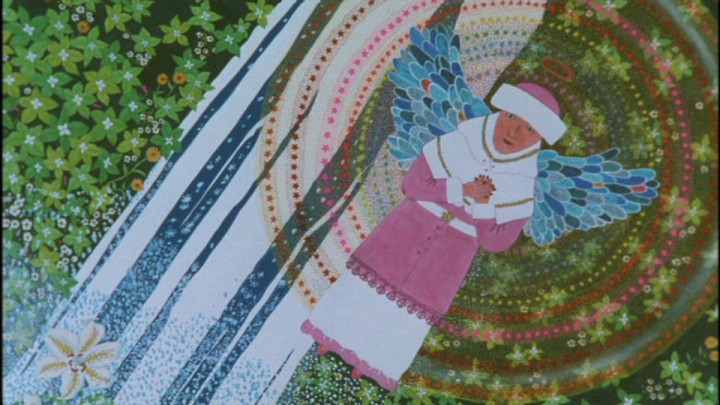 |
|
|
 |
(Madman - Region 2- PAL TOP vs. Momentum Pictures- Region 2- PAL 2nd vs. Bandai - Region 2- NTSC - 3rd vs. New Yorker - R1 - NTSC - 4th vs. Spectrum - R0 - NTSC - BOTTOM)
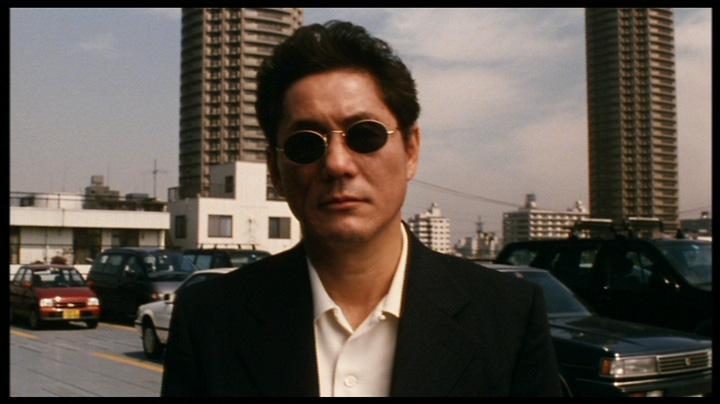 |
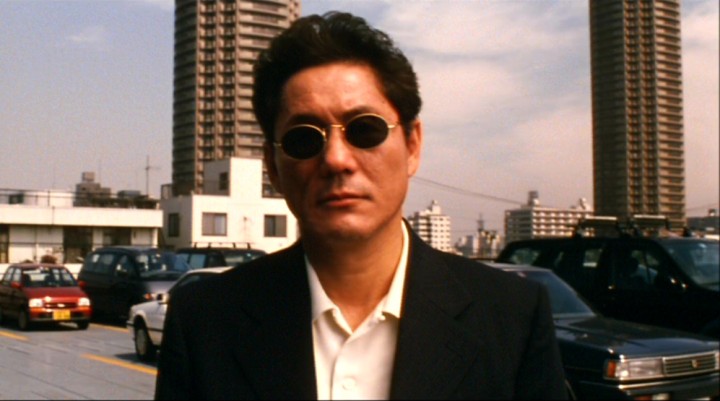 |
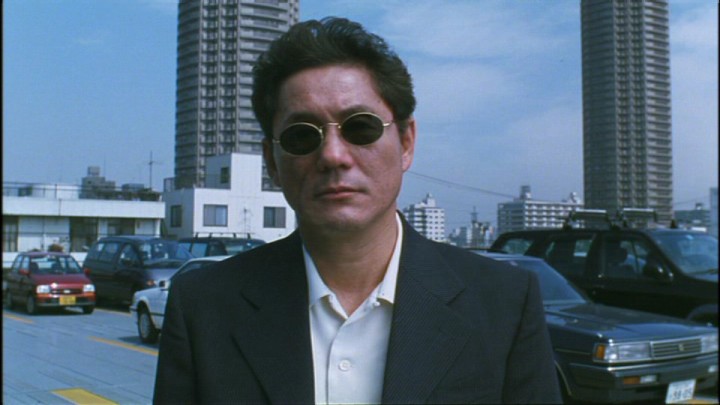 |
|
|
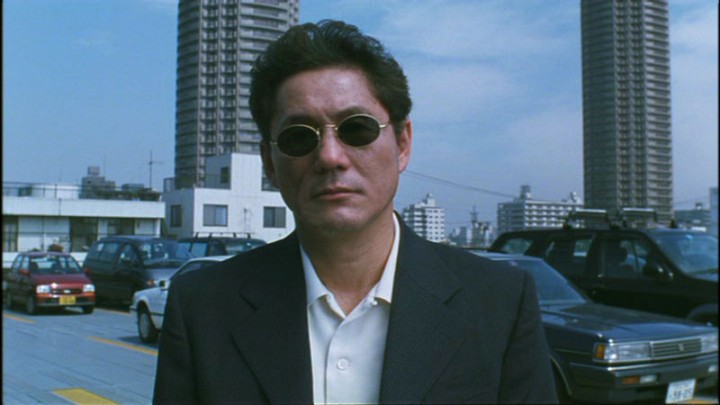 |
(Madman - Region 2- PAL TOP vs. Momentum Pictures- Region 2- PAL 2nd vs. Bandai - Region 2- NTSC - 3rd vs. New Yorker - R1 - NTSC - 4th vs. Spectrum - R0 - NTSC - BOTTOM)
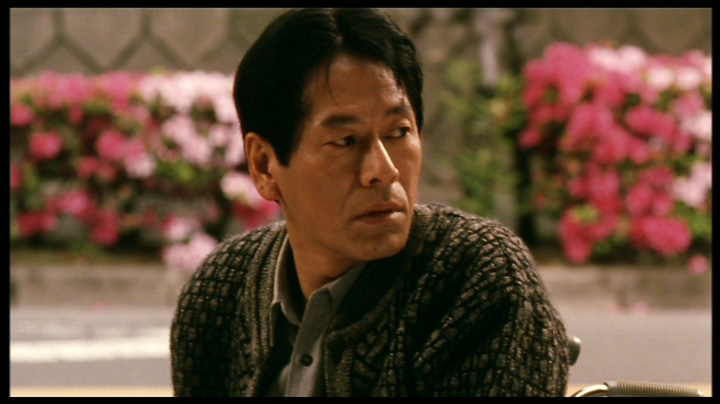 |
 |
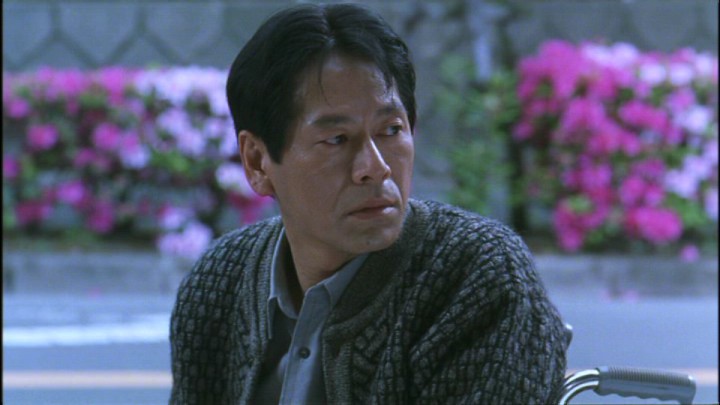 |
|
|
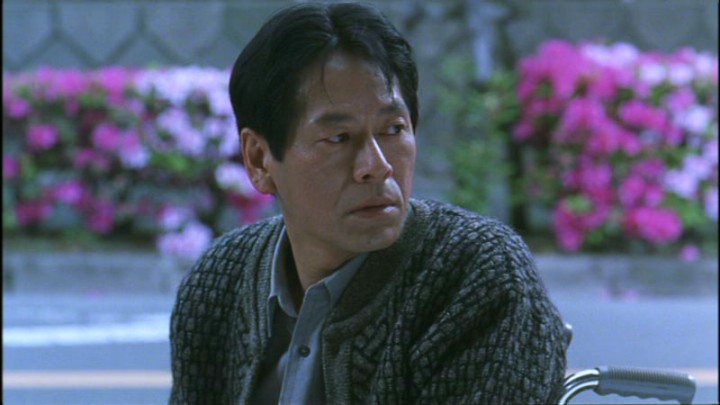 |
(Madman - Region 2- PAL TOP vs. Momentum Pictures- Region 2- PAL 2nd vs. Bandai - Region 2- NTSC - 3rd vs. New Yorker - R1 - NTSC - 4th vs. Spectrum - R0 - NTSC - BOTTOM)
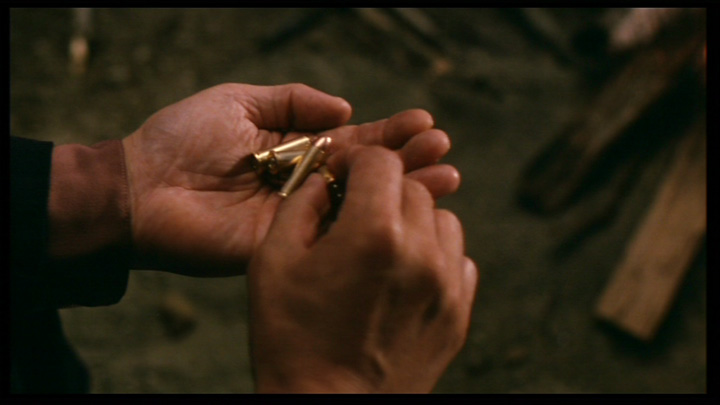 |
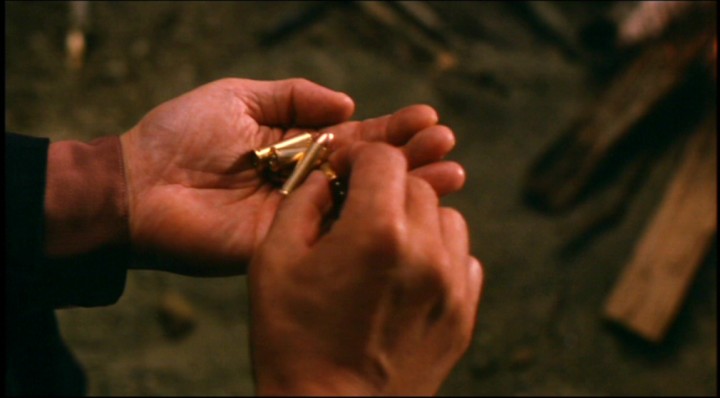 |
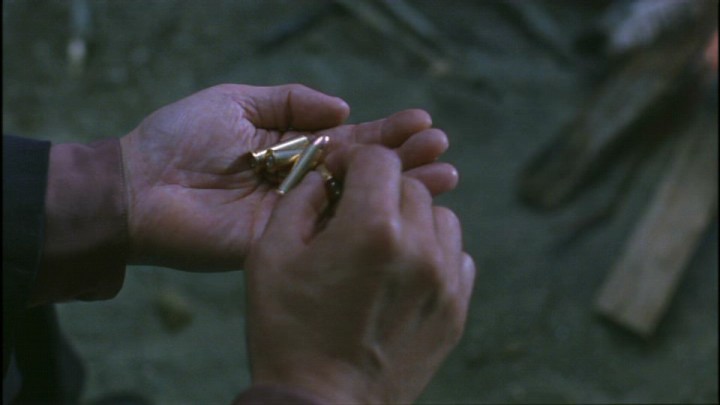 |
|
|
 |
| DVD Box Covers |
|
Thinking of buying from YesAsia? CLICK HERE and use THIS UPDATED BEAVER PAGE to source their very best... |
 |
| Distribution |
New Yorker Region 1 - NTSC |
Spectrum
Region 1 - NTSC |
Bandai (Japan) Region 2 - NTSC |
Report Card:
|
Image: |
Bandai / Spectrum tie |
|
Sound: |
New Yorker |
| Extras: | New Yorker |
| Menu: | New Yorker |
![]()
![]()

![]()
![]()




